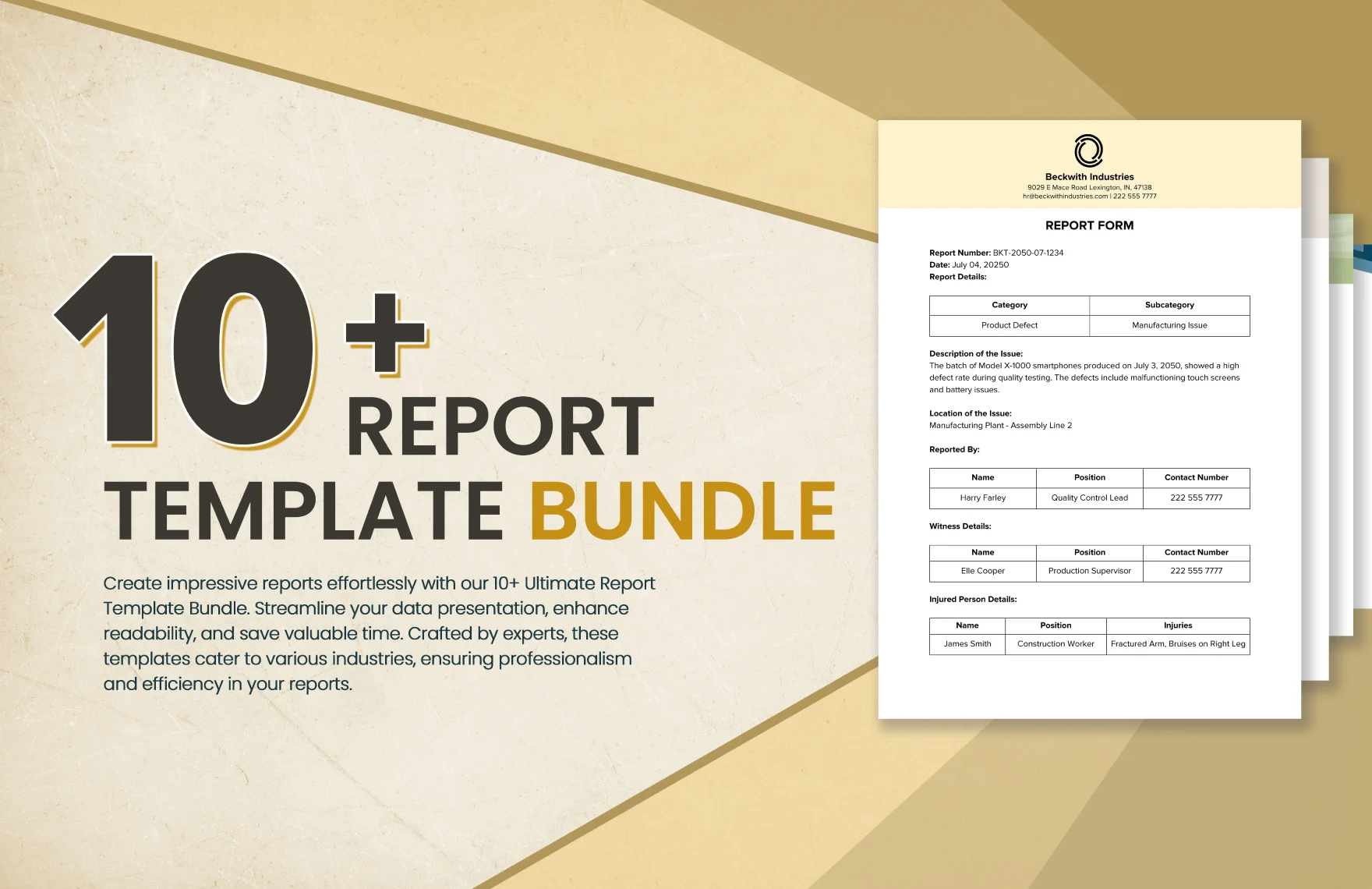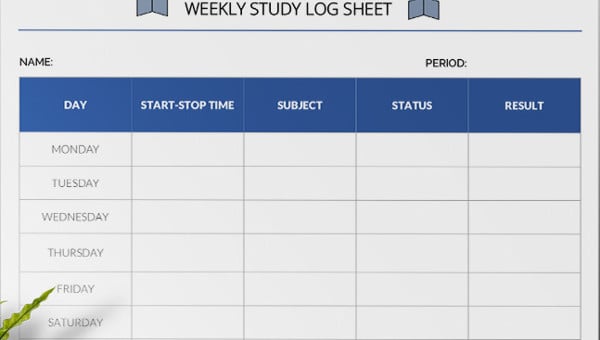
40+ Monthly Management Report Templates in PDF | Google Docs | Excel | Apple Pages
Managers usually write reports, and they have to be submitted every month to the higher authorities of a company. These…
Sep 13, 2023
A research report is referred to as the document that is prepared by a researcher or strategist in a stock brokerage or investment bank which is part of the investment research team. When this report is written for a particular business, it is known as a business research report. Such a report can concentrate on a particular stock or industry sector, a currency, product, or fixed-income instrument, or a geographic region or country.


 semanticscholar.org
semanticscholar.org wright.edu
wright.edu ac.nz
ac.nz newideas.com
newideas.com uts.edu
uts.edu ac.in
ac.in stanford.edu
stanford.edu ilstu.edu
ilstu.edu dau.edu
dau.edu cengage.com
cengage.com indianrailways.gov
indianrailways.govIn most situations, the research subject is usually assigned to the researcher. The topic for research is generally forced on the person. But if you’re lucky enough not to have that, then you will have the right to choose your subject. However, you need to careful with this process. Firstly, consider choosing a difficult subject you are interested in. Instead, while reading, you won’t be bored, because you’re likely to discover something new and you’ll enjoy learning. Don’t choose topics that are too technical or general.
The the is is the main component of any research. Before organizing your studies efficiently, you need to prepare an operational the is statement. This statement will guide your study and help you stay focused on your subject. This thesis statement should be clear and brief, representing the kind of paper you would like to write. There are three types of thesis statements that you can use for your research: argumentative or convincing which is used to justify the conclusion, expository to help explain it, and analytical to make an examination.
The next step is that of doing the analysis. In your article, you can discover sufficiently credible secondary and primary sources. You need to carefully analyze all of them, and determine the best proof to support your thesis. You need to analyze your references at this stage and start recording your sources following a quotation style stated by the supervisor if you have any. Later you will use your thoughts on quotes while writing your article and building your bibliography.
You’ve received loads of great ideas from your research. Now your task is to arrange these for a great presentation. Don’t miss this important step as there you will not be able to progress in your project without it. The ultimate time will also increase the need to revisit your draft to create meaning for your jumbled ideas. That’s why you need to detail everything. You need to speed up your thesis and produce an organizational outline you intend to tackle, which will act as a guide and keep you informed.
This is the halfway approach in the analysis. You need to generate the first draft with a name, quotes in text and a line of description when you have all the elements of the research report. The title is important if you want to create a great impression on your audience, as it is the first thing they see. It forms their opinions on exactly what your study should be saying.
After the title, you need to start writing the report. And the first thing to include in the report is the introduction. This introduction must be capable of catching the readers’ attention at first go. It can begin with a challenging question, some unique or common statistics, an anecdote, some odd facts, or whatever else you think would generate interest. Keep in mind that even though you’re writing a research report, it doesn’t mean that you have to make it dull or bad.
After the introduction, you need to develop the body that will be based on your outline. And a proper conclusion is to be drawn on this part. Most research reports end with restated remarks about their thesis. You can do that too, but if you repeat it word by word, you will make the argument ineffectual. Alternatively, you can paraphrase or outline the key highlights of your paper in the conclusion. You can stress the importance of your observations as well if you want.
As with any other reports, research reports also require proofreading. In general, there are several changes to be made in all kinds of research reports including statistical, grammatical, and spelling checks. That is why it had been advised earlier that first a rough draft be made. Go through the draft carefully, and search for any mistakes that might be there. You also need to make that no piece of information is missing or is wrong or false. You may submit the report once the checks have been completed.

Managers usually write reports, and they have to be submitted every month to the higher authorities of a company. These…

Have you ever tried sending a Report Outline for corrective action to a company about bad food, product, or service?…

Crafting an event report is an essential step in analyzing the success and impact of any event, whether it’s a…

A report card is one of the crucial elements of recording the results of an evaluation of a leaner. Many…

Getting ready with your inspection report? Not satisfied with your report’s format? Don’t you worry? We have here an array…

Every organization must be careful while creating a daily or weekly activity report as it is with the help of…

The audit report is the ending result of an audit and can be utilized by the receiver person or organization…

Audit committee reports present a periodic and annual picture of the financial reporting method, the audit process, data on the…

Timely reports are vital for any logistics industry as data is essential to help make decisions. Plus, the industry’s scope…